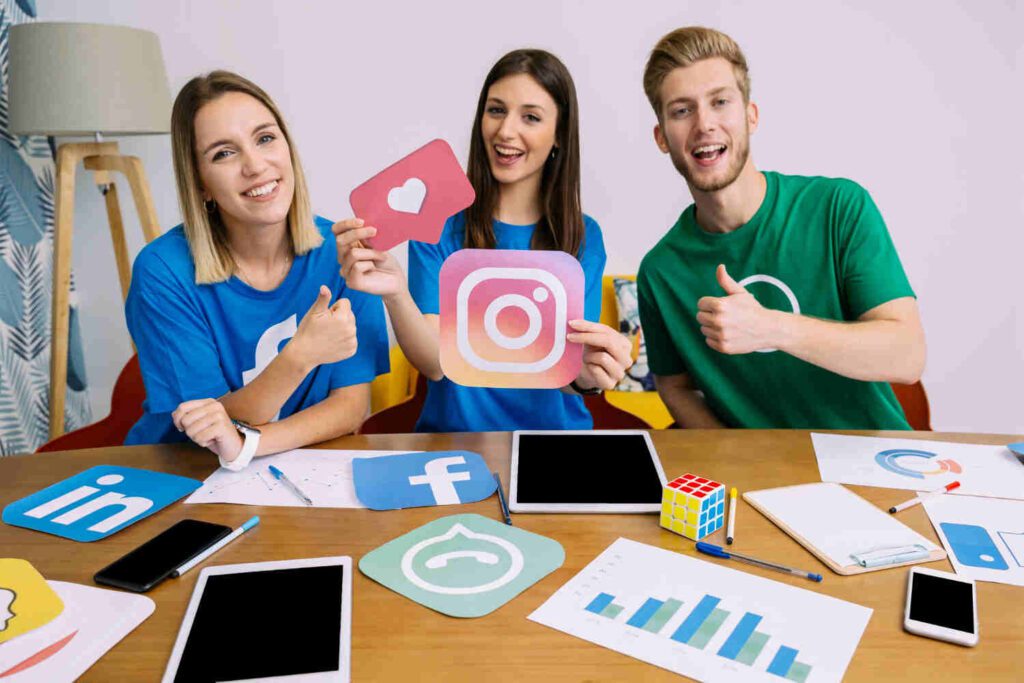The advent of 5G technology represents a seismic shift in the digital landscape, poised to transform numerous sectors, including digital marketing. As the fifth generation of cellular network technology, 5G promises increased speed, reduced latency, and greater connectivity than ever before. For digital marketers, these capabilities open up new avenues for innovation in strategies and techniques. This essay explores how 5G technology will revolutionize digital marketing by enhancing mobile connectivity, enabling immersive experiences, facilitating real-time data access, and creating new opportunities for personalized marketing.
Enhanced Mobile Connectivity
5G technology is set to exponentially increase the speed and stability of mobile connections compared to its predecessor, 4G. With potential speeds of up to 10 gigabits per second, which is up to 100 times faster than 4G, 5G will transform how consumers interact with online content.
Implications for Video Marketing
The increased bandwidth and lower latency provided by 5G will significantly enhance video streaming quality. For digital marketers, this means that high-definition video ads can be delivered smoothly without buffering, leading to improved user engagement and retention rates. Marketers might leverage these capabilities to implement more video content in their campaigns, knowing that lag-free playback ensures a better user experience.
Real-time Interactions
With its near-zero latency, 5G will enable real-time interactions between brands and consumers. This could be particularly transformative for live broadcasts and events, where viewers can interact without the frustrations of delays or poor connection issues. Digital marketers can harness this capability to create dynamic advertising strategies that involve audience participation in real-time, potentially increasing engagement and boosting consumer loyalty.
Enabling Immersive Technologies
5G’s high speed and low latency are crucial for augmented reality (AR) and virtual reality (VR) technologies, which require large amounts of data to be processed quickly for seamless user experiences.
Augmented Reality and Shopping
Retailers can use AR to allow consumers to visualize products in their own space before making a purchase, as seen in IKEA’s app that lets users see how furniture looks in their home before buying. With 5G, such applications can become more sophisticated and widespread, significantly altering the online shopping experience and providing marketers with novel ways of showcasing their products.
Virtual Reality Experiences
Similarly, VR can transport users to entirely different environments, from virtual stores to exotic locations to experience a travel service. 5G will enable these experiences to be more realistic and immersive, which could revolutionize how brands engage with consumers, offering them unique, memorable experiences that could drive sales and enhance brand loyalty.
Facilitating Real-time Data Access
The ability to access and process large volumes of data in real time is another advantage of 5G that can significantly impact digital marketing strategies.
Enhanced Personalization
With more advanced data capabilities, marketers can gather, analyze, and act on consumer data more efficiently. This means that personalization can go beyond basic demographic targeting. For instance, real-time data analysis can enable adaptive content personalization, where the content displayed to a user can change dynamically based on their interactions within a session.
Predictive Marketing
Access to real-time data also enhances the ability of marketers to predict consumer behavior and adapt marketing strategies accordingly. For example, by analyzing data from mobile devices and IoT devices, marketers can predict when a consumer might need a product before the consumer even searches for it. This capability allows for incredibly timely and contextually relevant advertisements, potentially increasing conversion rates.
New Opportunities for Connectivity and IoT
The proliferation of connected devices and the Internet of Things (IoT) will also benefit from the rollout of 5G. As more devices from watches to refrigerators connect to the internet, the opportunities for marketers to reach consumers in new and innovative ways will expand dramatically.
Smart Homes and Connected Appliances
Marketers can tap into an array of devices to deliver personalized advertising experiences. For example, a smart fridge could suggest recipes based on its contents, paired with targeted ads for missing ingredients or related products.
Wearables and Health
In the health and fitness sector, wearables that monitor health metrics can provide marketers with data to offer personalized health and wellness products directly to the user based on their unique health profile and needs.
Conclusion
The introduction of 5G technology is set to transform the digital marketing landscape by enhancing the capabilities of mobile networks, enabling immersive AR and VR experiences, facilitating real-time data access, and expanding the reach of IoT devices. As 5g becomes more widespread, digital marketers must adapt to these changes by developing innovative strategies that leverage the speed, efficiency, and connectivity of 5G. The brands that can best understand and capitalize on these opportunities will likely lead the next wave of digital marketing innovations, creating more engaging, personalized, and immersive experiences for consumers.


